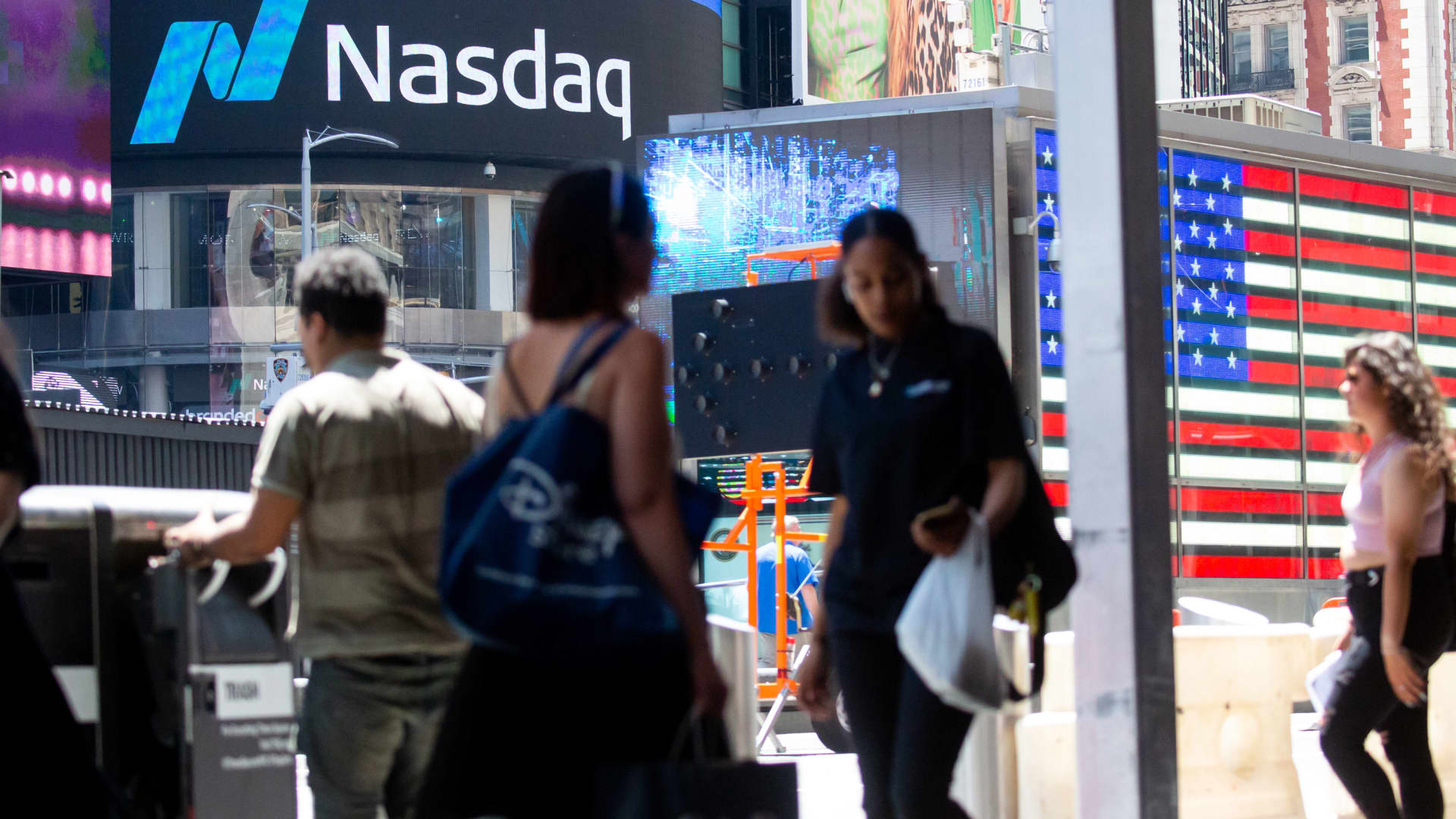[ad_1]
The nation’s biggest banks are posting profits as interest rates remain high, even as lenders have had to set aside billions of dollars to replenish deposit insurance funds, which were hit hard by the crisis at medium-sized banks last spring. was formally finished.
Fourth-quarter 2023 profits reported Friday by JPMorgan Chase, Bank of America and Wells Fargo exceeded analysts’ expectations, and the banks, which together provide accounts for about a third of Americans, each reported that Their customers have continued to spend. ,
Citigroup, which is in the midst of a global restructuring, reported a net loss of $1.8 billion for the quarter, compared with a profit of $2.5 billion a year earlier. The bank warned that the one-time costs of its efforts to withdraw from countries such as Russia and Argentina were proving costly. On Friday, it revealed plans to cut its workforce by about 10 percent — or about 20,000 people — as part of a restructuring that its chief executive, Jane Fraser, broadly outlined last fall.
In the final quarter of 2023, JPMorgan earned $9.3 billion, or $3.04 per share, compared with $11 billion a year earlier. The bank said a special assessment of the Federal Deposit Insurance Corporation reduced earnings per share by 74 cents. Analysts had expected earnings per share of about $3.32, so investors considered the bank’s performance a win after taking into account the $2.9 billion one-time bill from the FDIC.
The bank’s revenue in the quarter was $38.6 billion. Revenue was up 12 percent compared to the same period a year earlier.
In contrast to his counterparts at Bank of America and Wells Fargo, who appeared optimistic about the US economy, JPMorgan’s chief executive, Jamie Dimon, warned that political leaders and investors may be underestimating the economic pain to come.
In a statement released with the bank’s earnings report, Mr. Dimon listed the wars in Ukraine and the Middle East, the US infrastructure boom and rising health care costs as “significant and somewhat unprecedented forces” that could push inflation down. And so interest rates – can cause. Investors are set to remain above expectations at this point.
When asked on Friday why the bank was predicting six rate cuts in 2024, while Mr Dimon’s statement seemed to indicate otherwise, JPMorgan’s chief financial officer, Jeremy Barnum, said the bank would cut rates. Used models to make predictions. “Plus, everyone has different ideas about what the rates should be,” he said.
Consumers and businesses faced the highest interest rates in more than 20 years as the Federal Reserve worked to tame inflation. The rate hike last March sparked a crisis among medium-sized banks, leading to the failure of three lenders and the bankruptcy of a quarter. Federal officials used the government’s deposit insurance fund to make whole the depositors of two of the failed institutions, and are now raising about $16.3 billion to refill the fund, and to pay out the most. Relying on big banks.
Bank of America’s profit fell last quarter as it paid a special assessment of $2.1 billion to the government fund that absorbs the cost of bank failures. It also recorded a $1.6 billion charge related to the discontinuation of the Bloomberg Short-Term Bank Yield Index, a benchmark rate adopted to replace the discontinued London Interbank Offered Rate. That accounting adjustment will be reflected in subsequent quarters; The bank plans to add back $1.6 billion to its interest income over the next few years.
Including those costs and adjustments, the bank reported a profit of $3.1 billion on revenue of $22 billion for the quarter, down from a profit of $7.1 billion on revenue of $24.6 billion a year earlier.
The bank’s chief executive Brian Moynihan described the quarter as “solid”, and praised the bank’s “good loan demand” and growth in customer deposits. They have risen steadily after last year’s turmoil caused by regional bank failures and rising interest rates sent investors looking for higher yields. Bank of America’s average deposits last quarter were $1.9 trillion, slightly less than the average a year earlier.
Wells Fargo earned $3.4 billion on revenue of $20.4 billion, both up from a year earlier. The bank paid a $1.9 billion assessment into the government treasury, and recorded $969 million in severance costs due this year. It did not estimate how many jobs were expected to be cut, and the bank’s chief financial officer Michael Santomassimo said the cuts would be broadly across the bank. He attributed the cuts to “efficiency work we’re doing across the company.”
Higher interest rates have helped boost banks’ profits, and if the Federal Reserve cuts rates as expected, officials are bracing for its effects. Wells Fargo said its net interest income could fall at least 7 percent this year. The bank’s Chief Executive Charlie Scharf said the bank is “sensitive” to interest rates and the overall health of the U.S. economy, but he struck an upbeat note that credit quality remains strong, a sign of consumer resiliency.
Citigroup’s net losses included a $1.7 billion FDIC bill and an increase in the bank’s loss reserves to prepare for risks in Russia and Argentina, as well as losses from the sudden devaluation of the Argentine peso.







